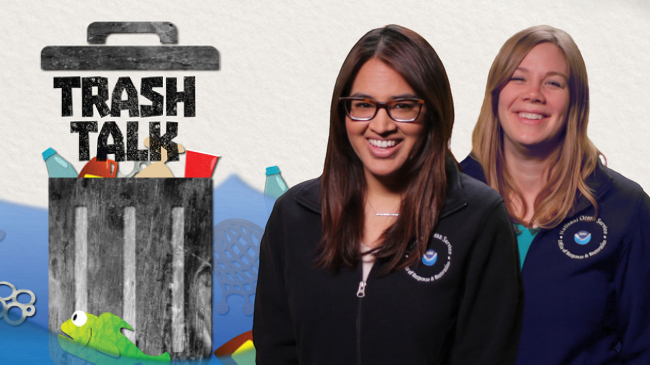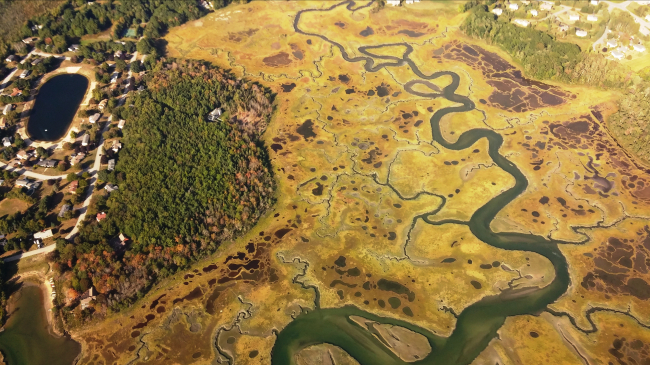Give back, as much as you can gather, at a September 15 coastal cleanup near you
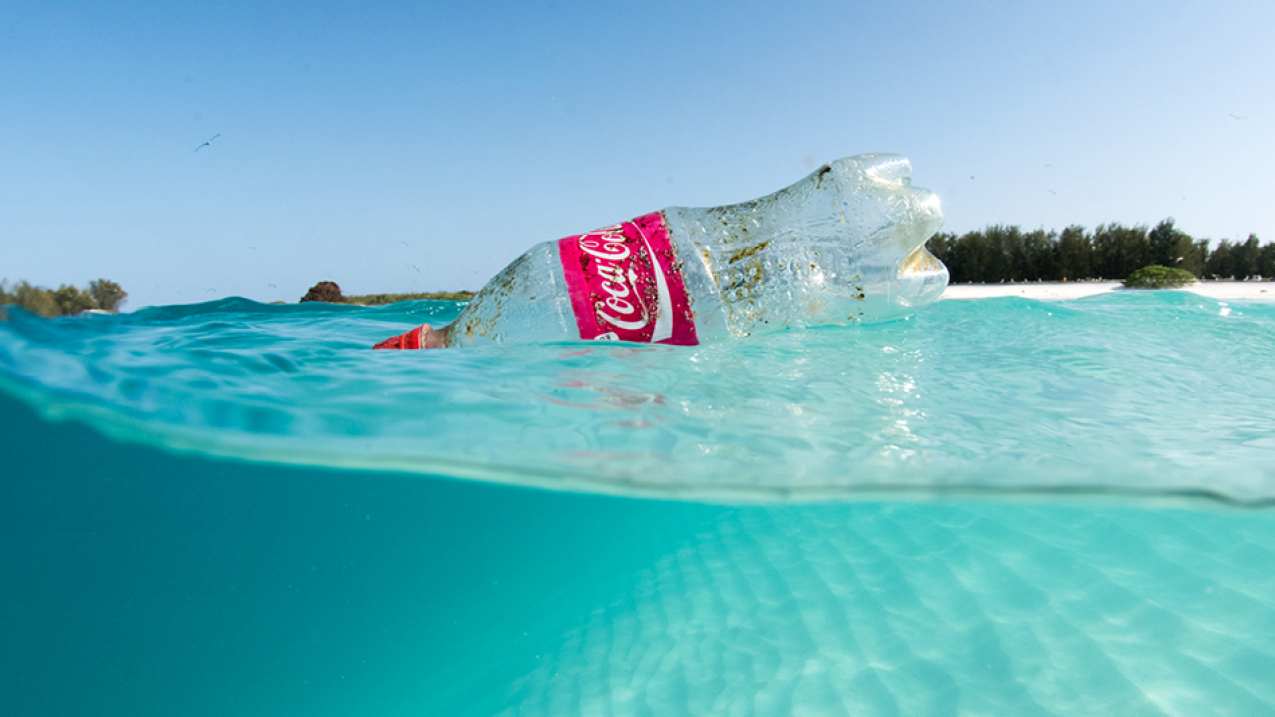
This not where you'd like to have the empty bottle of your favorite drink end up. Please always be sure to properly recycle your plastics and other trash. --> Want to make more of a difference? Join a local International Coastal Cleanup in September to help rid the seas of marine debris. (Image credit: David Slater/NOAA)
World, we have a problem.
Huge amounts of consumer plastics, metals, rubber, paper, textiles, abandoned fishing gear, vessels, and other lost or discarded items enter the marine environment every day, making marine debris one of the most widespread pollution problems facing the world's ocean and waterways today.
Marine debris is a global issue, but it’s one we can solve together.
First, here’s 6+ facts you need to know (follow this link).
Then ...
Mark your calendars. Just 5 more days until the 2018 International Coastal Cleanup
Every year, volunteers across the United States and around the world work to cleanup their coastlines. Can you lend a hand? Find an ICC location near you where you can volunteer offsite link, and follow the social media hashtag #SuitUpToCleanup to join the conversation. NOAA is has been a proud sponsor of the event, organized by The Ocean Conservancy, for more than 10 years.
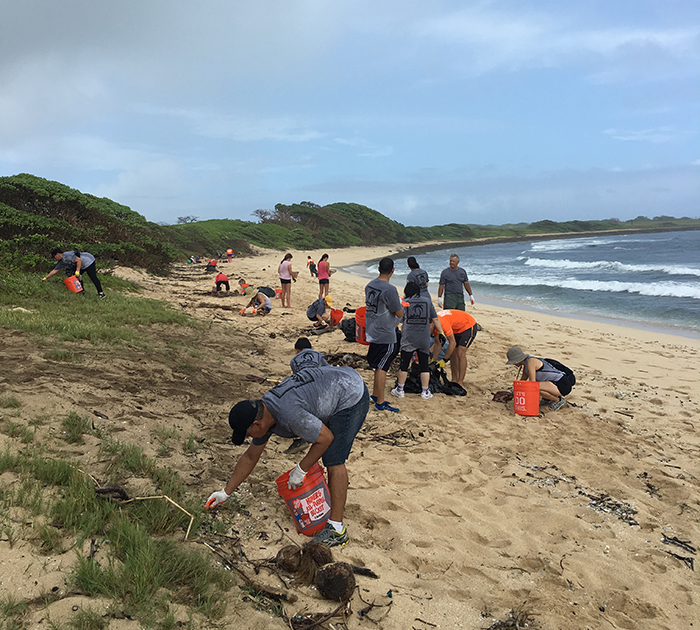
4 weird things ICC participants found among the debris last year
Did you lose your tiara? One was found in Thailand. How about your car? It may have ended up in Finland. In Malaysia, volunteers really sunk their (vampire) teeth into the cleanup, while in Jamaica volunteers could have taken a well deserved nap on a couch they found.
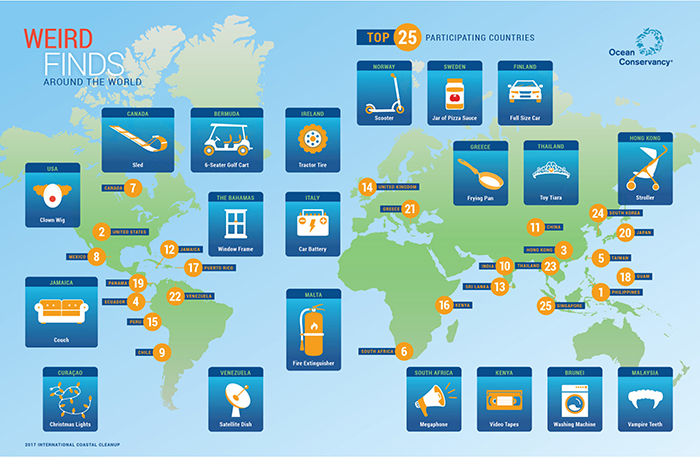
What else did volunteers find in 2017? See this Top 10 infographic.
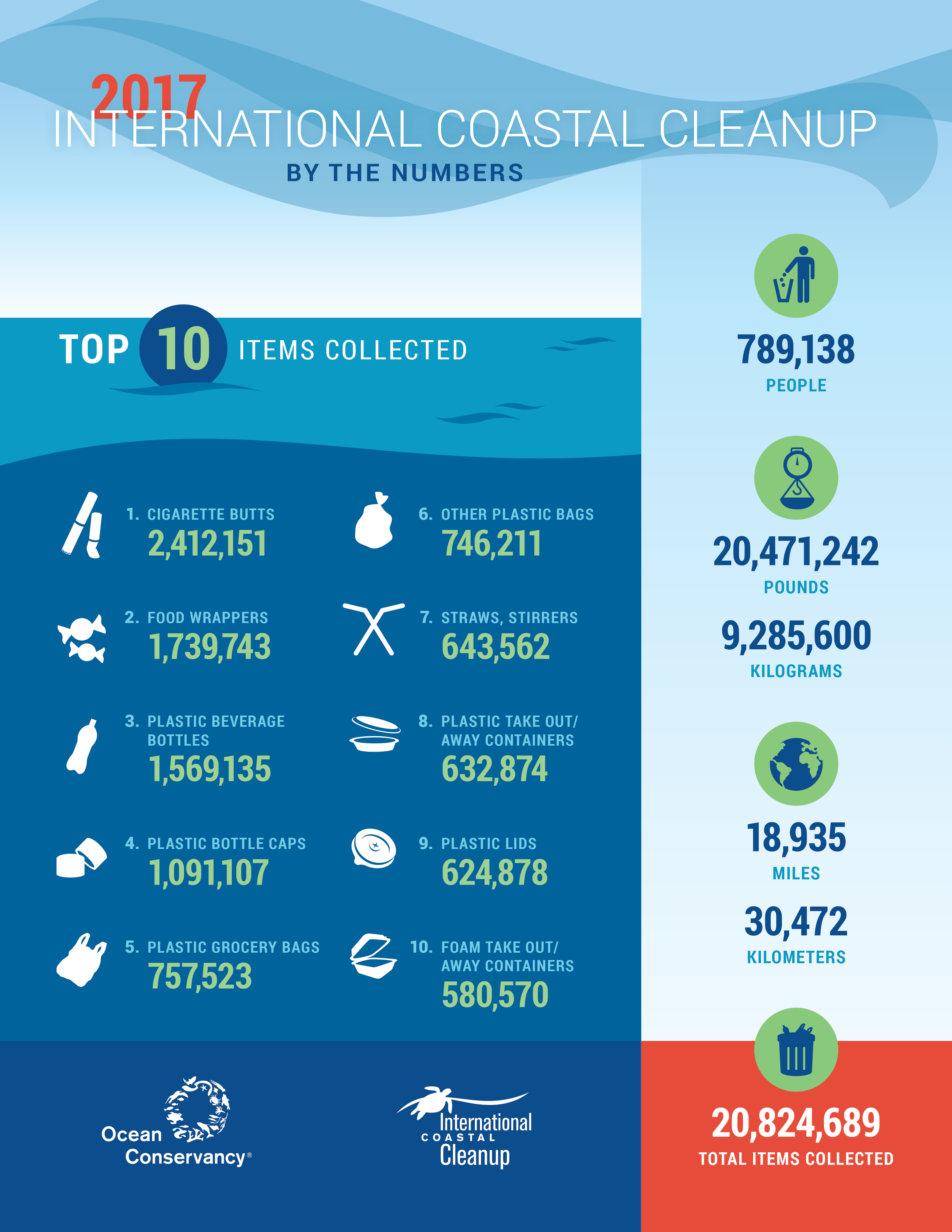
3 meals a day, plastic-free? Here’s how you do it
One of the most common items found during last year’s ICC was plastic food wrappers. Solving the marine debris problem can happen with some simple lifestyle changes: Follow these easy steps to reduce your use of plastic packaging when it’s time to eat out, or in.
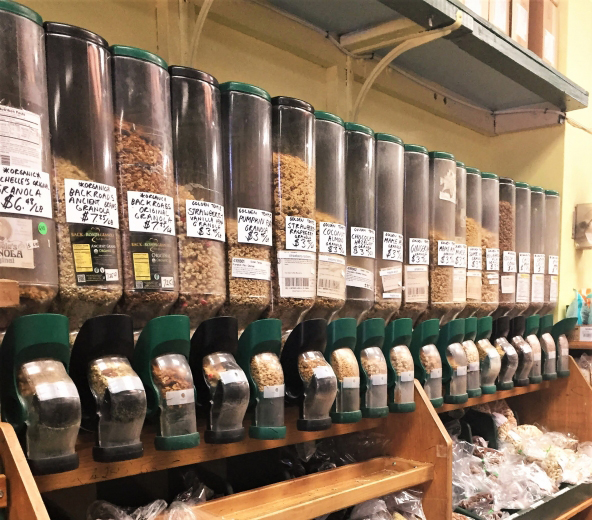
8 million
The estimated number of metric tons of plastic that entered the world's oceans from land in 2010. (Source: Jambeck, et. al. 2015. Science)
2 ways you can get involved beyond the coastal cleanup
Got a smartphone or digital device? NOAA’s Marine Debris Tracker app makes it easy for you to help us track the problem by alerting us when you find trash on beaches, along coastlines and in waterways.
How about joining our research project? NOAA’s Marine Debris Monitoring and Assessment Project is a citizen science initiative that collects vital data from volunteers and partner organizations across the country who regularly conduct shoreline surveys.
And finally:
1 person can make a difference when it comes to debris in our ocean, no matter where you live
Every action counts: Always remember the “4 Rs”: Reduce, Reuse, Recycle and Refuse to Use plastics to help stop the marine debris problem before it starts. And be sure to watch our “Trash Talk” video series from NOAA’s Ocean Today.


